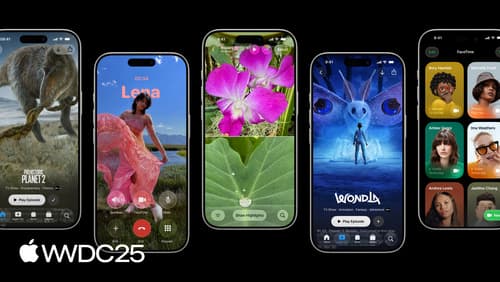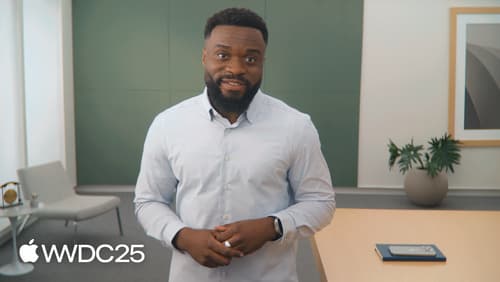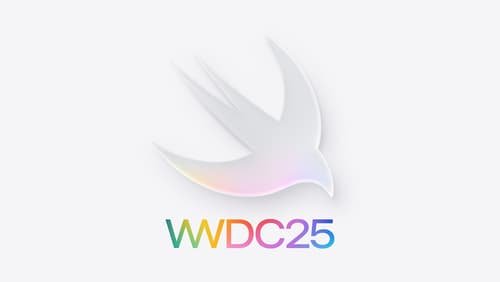What are the best practices in adopting Liquid design?
Asked on 2025-06-21
1 search
To adopt Liquid design effectively, Apple provides several best practices that you can follow:
-
Understand the Material: Liquid Glass is a new material introduced in iOS 26 that is translucent, dynamic, and alive. It is designed to enhance the visual depth and focus on content. It's important to understand its structure and behaviors to use it effectively.
-
Use Liquid Glass Appropriately: Liquid Glass should be reserved for the navigation layer that floats above the content of your app. Avoid using it everywhere, as it can make the interface feel cluttered and confusing. Always avoid "glass on glass" to maintain clarity.
-
Design with Hierarchy and Harmony: Liquid Glass controls and navigation act as a distinct functional layer that floats above your app, bringing greater focus to your content. Establish hierarchy, create harmony, and maintain consistency across your app's UI.
-
Audit and Adapt Your App: When adopting the new design, start by recompiling your app with the new SDK. Audit your app screen by screen to identify which views stand out and decide whether standard controls may be a better fit. Make your special use cases stand out with Liquid Glass.
-
Leverage New APIs: Use the new APIs provided by Apple's UI frameworks (SwiftUI, UIKit, and AppKit) to tailor the design to your app. Update your custom views with the new design principles and Liquid Glass effects.
-
Consider Accessibility: Liquid Glass offers several accessibility features, such as reduced transparency and increased contrast, to suit different needs. These features are automatically applied when using the new material.
For a deeper dive into the design of Liquid Glass and best practices, you can watch the sessions Meet Liquid Glass and Get to know the new design system.

Build a UIKit app with the new design
Update your UIKit app to take full advantage of the new design system. We’ll dive into key changes to tab views, split views, bars, presentations, search, and controls, and show you how to use Liquid Glass in your custom UI. To get the most out of this video, we recommend first watching “Get to know the new design system” for general design guidance.

Build a SwiftUI app with the new design
Explore the ways Liquid Glass transforms the look and feel of your app. Discover how this stunning new material enhances toolbars, controls, and app structures across platforms, providing delightful interactions and seamlessly integrating your app with the system. Learn how to adopt new APIs that can help you make the most of Liquid Glass.

Platforms State of the Union
Discover the newest advancements on Apple platforms.
